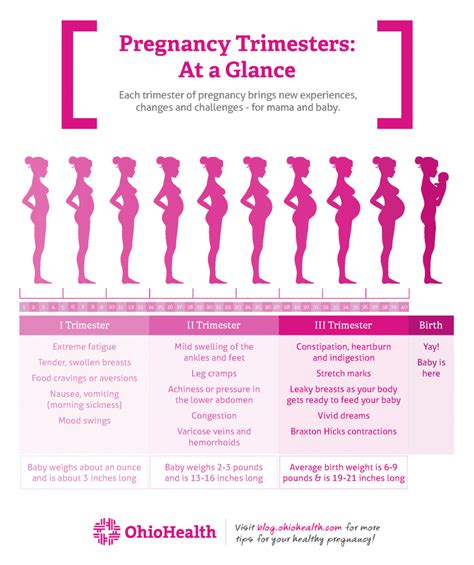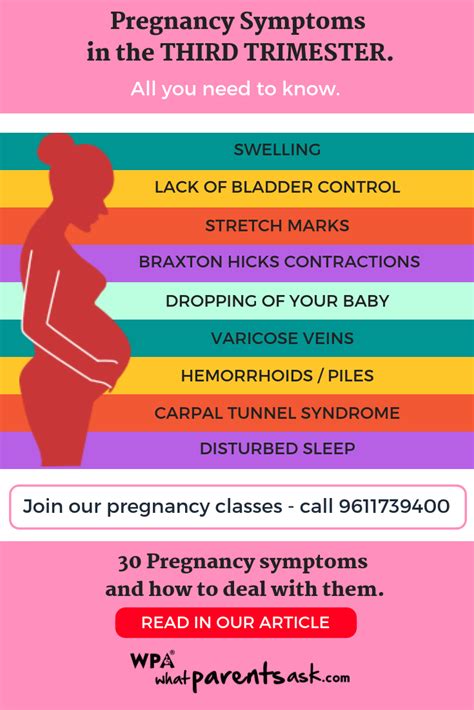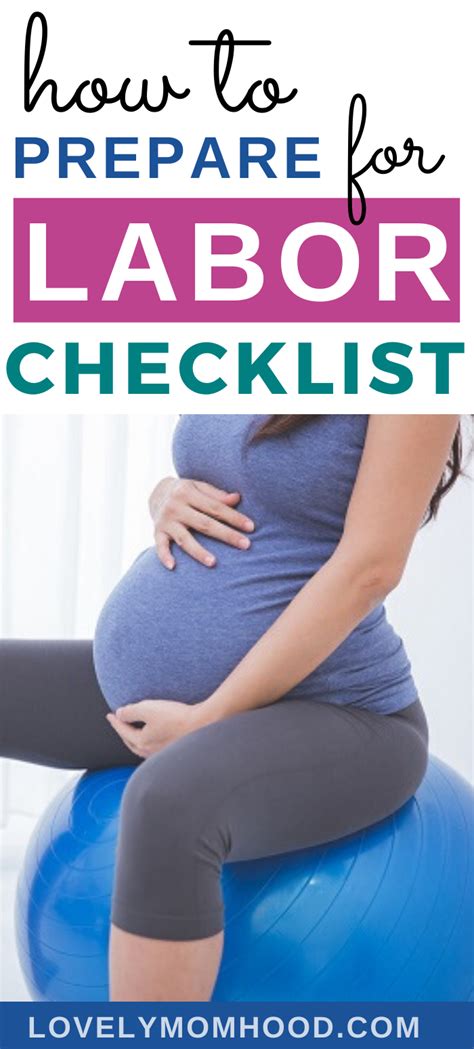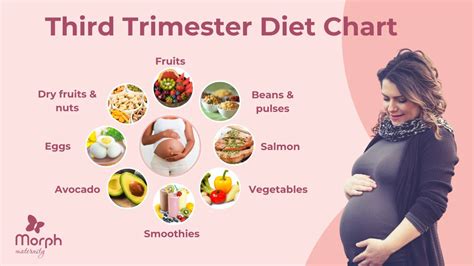Intro
Discover when the third trimester starts, its duration, and key milestones, including fetal development, pregnancy symptoms, and preparation for childbirth, during this critical 28-40 week period of gestation and prenatal care.
The third trimester of pregnancy is a critical period of fetal development and preparation for childbirth. It is essential for expectant mothers to understand the timeline and milestones of this trimester to ensure a healthy pregnancy and a smooth transition into parenthood. The third trimester typically starts around the 28th week of pregnancy and lasts until birth, which usually occurs between 38 and 42 weeks of gestation.
As the pregnancy advances, the fetus continues to grow and develop, and the mother's body undergoes significant changes to accommodate the growing baby. The third trimester is a time of rapid fetal growth, and the baby's major organs and body systems are functioning and preparing for life outside the womb. Expectant mothers may experience a range of physical and emotional symptoms during this trimester, including back pain, fatigue, and anxiety about the upcoming birth.
Understanding the third trimester is crucial for expectant mothers to navigate the final stages of pregnancy with confidence and prepare for the arrival of their baby. In this article, we will delve into the details of the third trimester, including its milestones, symptoms, and preparation for childbirth. Whether you are a first-time mother or an experienced parent, this article aims to provide you with valuable insights and information to ensure a healthy and happy pregnancy.
Third Trimester Timeline

The third trimester typically starts around the 28th week of pregnancy and lasts until birth, which usually occurs between 38 and 42 weeks of gestation. This trimester is divided into three months, with each month marking significant milestones in fetal development and preparation for childbirth. The 28th to 30th weeks are critical for fetal brain and nervous system development, while the 31st to 33rd weeks see the baby's lungs starting to produce surfactant, a substance that helps them expand and contract properly after birth.
Month 7: Weeks 28-30
During this period, the fetus continues to grow and develop, and the mother's body starts to prepare for childbirth. The baby's brain and nervous system are maturing, and their senses are becoming more refined. Expectant mothers may experience a range of physical symptoms, including back pain, fatigue, and Braxton Hicks contractions.Month 8: Weeks 31-34
The 31st to 34th weeks are a critical period for fetal development, with the baby's lungs starting to produce surfactant and their digestive system practicing contractions to prepare for life outside the womb. Expectant mothers may experience increased fetal movement, as the baby becomes more active and starts to prepare for birth.Month 9: Weeks 35-40
The final month of pregnancy is a time of rapid fetal growth, with the baby gaining weight and preparing for life outside the womb. Expectant mothers may experience a range of physical and emotional symptoms, including back pain, fatigue, and anxiety about the upcoming birth. It is essential for expectant mothers to stay hydrated, eat a balanced diet, and get plenty of rest to ensure a healthy pregnancy and a smooth transition into parenthood.Third Trimester Symptoms

The third trimester is a time of significant physical and emotional changes for expectant mothers. Some common symptoms experienced during this trimester include:
- Back pain: As the baby grows, the mother's back may ache due to the increased weight and pressure on the spine.
- Fatigue: Expectant mothers may feel tired and exhausted due to the increased energy demands of the growing baby.
- Braxton Hicks contractions: These are mild, practice contractions that prepare the uterus for labor and childbirth.
- Fetal movement: Expectant mothers may feel the baby kicking, rolling, and moving as they become more active and prepare for birth.
- Anxiety and stress: Expectant mothers may feel anxious or stressed about the upcoming birth, parenthood, and the responsibilities that come with it.
Physical Symptoms
Physical symptoms during the third trimester can be challenging and uncomfortable. Expectant mothers may experience:- Swelling in the feet, ankles, and hands
- Varicose veins
- Hemorrhoids
- Constipation
- Frequent urination
Emotional Symptoms
Emotional symptoms during the third trimester can be intense and overwhelming. Expectant mothers may experience:- Mood swings
- Anxiety and stress
- Fear and uncertainty about the upcoming birth and parenthood
- Excitement and anticipation for the arrival of the baby
Preparation for Childbirth

Preparation for childbirth is essential for expectant mothers to navigate the birth process with confidence and ensure a smooth transition into parenthood. Some ways to prepare for childbirth include:
- Taking childbirth education classes
- Practicing relaxation techniques, such as deep breathing and meditation
- Creating a birth plan
- Touring the hospital or birth center
- Preparing the nursery and baby's essentials
Childbirth Education Classes
Childbirth education classes provide expectant mothers with valuable information and skills to navigate the birth process. These classes cover topics such as:- Labor and delivery
- Pain management
- Breastfeeding
- Newborn care
- Parenting techniques
Relaxation Techniques
Relaxation techniques, such as deep breathing and meditation, can help expectant mothers manage stress and anxiety during the third trimester. These techniques can also be used during labor and childbirth to promote relaxation and reduce pain.Birth Plan
A birth plan is a document that outlines the expectant mother's preferences for labor, delivery, and postpartum care. It can include information such as:- Pain management options
- Labor positioning and movement
- Breastfeeding and newborn care
- Support system and companions during labor and childbirth
Third Trimester Nutrition

Nutrition during the third trimester is crucial for fetal growth and development. Expectant mothers should focus on consuming a balanced diet that includes:
- Lean proteins
- Whole grains
- Fresh fruits and vegetables
- Healthy fats
- Calcium-rich foods
Key Nutrients
Some key nutrients that are essential for fetal growth and development during the third trimester include:- Folic acid
- Iron
- Calcium
- Protein
- Omega-3 fatty acids
Meal Planning
Meal planning can help expectant mothers ensure they are getting the necessary nutrients for fetal growth and development. Some tips for meal planning include:- Eating small, frequent meals
- Incorporating a variety of foods into the diet
- Avoiding processed and high-sugar foods
- Staying hydrated by drinking plenty of water
Third Trimester Exercise

Exercise during the third trimester can help expectant mothers stay physically and emotionally healthy. Some benefits of exercise during this trimester include:
- Reduced back pain and discomfort
- Improved mood and reduced stress
- Increased energy levels
- Preparation for labor and childbirth
Safe Exercises
Some safe exercises for expectant mothers during the third trimester include:- Prenatal yoga
- Swimming
- Walking
- Pelvic tilts
- Kegel exercises
Modifying Exercises
As the pregnancy advances, expectant mothers may need to modify their exercises to accommodate their growing belly and changing body. Some tips for modifying exercises include:- Avoiding high-impact activities
- Using support and props during exercise
- Listening to the body and resting when needed
- Focusing on gentle, low-impact exercises
Third Trimester Complications

While most pregnancies progress smoothly, some complications can arise during the third trimester. Some common complications include:
- Preterm labor
- Preeclampsia
- Gestational diabetes
- Placenta previa
- Fetal growth restriction
Preterm Labor
Preterm labor is labor that occurs before 37 weeks of gestation. It can be caused by a range of factors, including:- Infection
- Placental abruption
- Uterine rupture
- Fetal distress
Preeclampsia
Preeclampsia is a condition characterized by high blood pressure and damage to the kidneys and liver. It can be caused by a range of factors, including:- Genetics
- Obesity
- Pre-existing medical conditions
- Multiple pregnancy
Conclusion and Next Steps

In conclusion, the third trimester is a critical period of fetal development and preparation for childbirth. Expectant mothers should prioritize their physical and emotional health, stay informed about the milestones and symptoms of this trimester, and prepare for the arrival of their baby. By following the guidelines and tips outlined in this article, expectant mothers can navigate the third trimester with confidence and ensure a healthy and happy pregnancy.
We invite you to share your thoughts and experiences about the third trimester in the comments below. If you have any questions or concerns, please do not hesitate to reach out. Additionally, we encourage you to share this article with friends and family who may be expecting a baby, as it provides valuable information and insights into the third trimester.
What are the symptoms of the third trimester?
+The symptoms of the third trimester can vary from woman to woman, but common symptoms include back pain, fatigue, Braxton Hicks contractions, fetal movement, and anxiety and stress.
How can I prepare for childbirth?
+Preparation for childbirth can include taking childbirth education classes, practicing relaxation techniques, creating a birth plan, touring the hospital or birth center, and preparing the nursery and baby's essentials.
What are the key nutrients for fetal growth and development during the third trimester?
+The key nutrients for fetal growth and development during the third trimester include folic acid, iron, calcium, protein, and omega-3 fatty acids.
What are the common complications that can arise during the third trimester?
+Common complications that can arise during the third trimester include preterm labor, preeclampsia, gestational diabetes, placenta previa, and fetal growth restriction.
How can I stay physically and emotionally healthy during the third trimester?
+Staying physically and emotionally healthy during the third trimester can include eating a balanced diet, staying hydrated, getting plenty of rest, exercising regularly, and practicing relaxation techniques.
